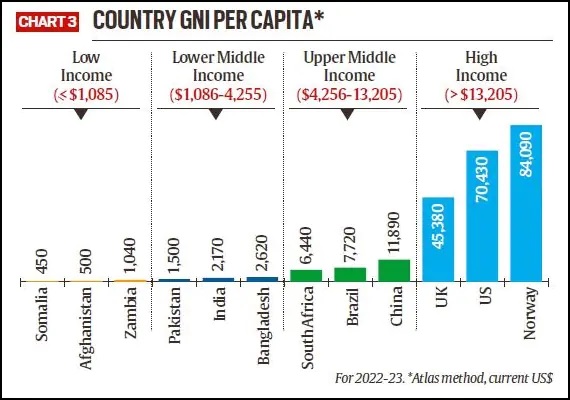In Independence Day address, PM Narendra Modi asked Indians to embrace “Panch Pran” (five vows) by 2047 when the country celebrates 100 years of independence.
The first vow is for India to become a developed country in the next 25 years.

China’s per capita income is 5.5 times that of India, and the UK’s is almost 33 times.
As of 2013, India had 218 million people living in extreme poverty — which made India home to the most number of poor people in the world.
References
funnygame 19 days
Speaking of addictive games, I've been completely hooked on merge brainrot lately! The concept is simple, but it's surprisingly challenging and fun to see all the different meme characters. I think users will enjoy the fresh updates and the sheer variety of versions available. Definitely a great way to kill some time.
Hannah Newman 2 months
Enhance your timing skills with Geometry Dash Lite’s rhythmic jumps and quick reflex challenges.